Key Features
| Model Year | 2019 |
| Class | A-Class |
| Base Vehicle | Fiat Ducato |
| Price From (£) | 80,660 |
| Engine Size | 2.3TD |
| Maximum Weight (kg) | 3,500 |
| Berths | 4 |
| Main Layout | Fixed Single Bed |
At a glance
Full review
If you’re looking for an A-class with fixed single beds over a large garage, the choice is immense, with Carthago alone offering more than 20 permutations. If you want a vehicle that is less than 7m long, however, your options are reduced considerably, especially if you’re seeking a top-quality motorhome from a premium brand.
It is into this niche that the C-tourer 141 LE fits. Not only does this motorhome have a generous end bedroom/garage combination but it does so in an overall length of 6.65m, making it one of the shortest motorhomes this German marque offers – and one of the most compact of its ilk.
But this is still a Carthago through and through, with impressive construction, and build quality featuring a wood-free body with textile-covered aluminium interior walls for superior heat regulation. There’s the same deep, heated double floor (up to 55.5cm) as in larger models, too.
However, the C-tourer claims to be a ‘lightweight’ model and comes as standard on a 3.5-tonne chassis. It also looks like a Carthago, with its characteristic rounded nose and curved roof-to-sides joins – if not the more aggressive toothy grille of the flagship models.
Great view from the driving seat
Inside, it has the same confidence-inspiring view from the driver’s seat. Carthago’s sloping dashboard makes a world of difference in positioning the vehicle on the road and manoeuvring safely and takes away any fears associated with piloting an A-class.
Meanwhile, the Bestview bus-type mirrors with their twin lenses, combined with a reversing camera with its own separate screen to the right of the steering wheel, allow you to park up effortlessly. The only issue that you need to be aware of is the blind spot sometimes caused by those mirrors, especially noticeable as you enter a roundabout and need to lean forward to peer around them.
Even the fact that the C-tourer (at 2.27m) is a fraction slimmer than some of its competitors seems to make driving easier, while the modest overall length is a huge boon if you do take a wrong turn. Meanwhile, the Aguti Roadliner captain’s chairs – complete with height and tilt-adjustable squabs – are among the best you’ll ever sit in, providing great support for long drives.
Ours was just a short hop across North Yorkshire but, in howling gales and torrential rain, it was plenty to discover the impressive stability offered by the Al-Ko chassis, as well as the class-leading refinement. Not only did the C-tourer cab seem a quieter place than most other A-classes but mechanical din is actually better suppressed than in a standard Ducato. And, of course, there’s a welcome lack of noises from the living area, too.
Performance is more than adequate with the 150bhp Multijet motor, which we would always recommend for any A-class up to 7.5m.
A host of extra options
The engine upgrade was one of 14 extra cost options added to this test vehicle – plus a further four packs of goodies. All told, they add over £16k to the price (and more than 250kg of weight), which is not unusual for a top-notch German A-class but might be a shock if the £80,660 list price is only just within budget.
You might be able to live without some of the extras but the Chassis Package (with automatic air-con, cruise control, additional seat adjustment, etc, for £2,265) and Comfort Package (Midi Heki skylight over lounge, flyscreen door, SOG toilet fan, TV bracket, bedroom USB, etc, at £1,585) should surely be standard.
The central locking for the habitation door (£340) and electric element for the heating (£505) are more must-haves, but it will be important to keep a close eye on not just the cost but the mass of the extras if you want to stay on a 3,500kg chassis (the test vehicle had been uprated to 3,850kg to maintain a good payload).
Of course, with so much storage on offer, a trip to the weighbridge will be advisable before you tour. The rear garage (enhanced here with chequerplate flooring at £125 and needle felt on the walls and additional fixings/retainers for your gear at £255) can carry up to 350kg in a huge void boasting 1.18m headroom and 1.26m maximum width at floor level.
The storage bins on the offside garage door are very useful for small items, while the straps to secure chairs to the rear wall are another good idea. Two loading hatches are standard but, if you want the second one to be a full-sized door, that’s another £425.
There’s more external storage in a skirt locker to the rear of the entrance door and, on the nearside, in a larger compartment under the lounge, which includes an area of the double floor and home for the leisure battery (with room for a second).
Inside, there are two hatches under the carpets for access into the double floor (plus one to service the inboard water tanks), the larger one opening to reveal a 450mm-deep wine cellar or shoe/boot store, which is also home to the waste water drain valve (in a clean, frost-free environment).
Of course, the basement area is heated, adding further to the Carthago’s impressive winterisation, and water capacities are excellent (150 litres fresh, 140 waste), although the payload calculations (as usual) only allow for 20 litres while driving.
Superb cab seats and lots of comfort
Storage is generous and all-season comfort assured, but what about space to live? Surely that has been sacrificed to reduce overall length?
Well, clearly this is not the biggest seating space, but you’ll have no qualms about comfort. The cab chairs are, of course, superb – especially as they rotate through a full 180 degrees, allowing you to put your feet up on the rear seats to view the telly (a 22in Alphatronics screen, which slides diagonally down out of its locker to give a better viewing height).
But, if you prefer a sofa, then the L-shaped one here is as good as you could possibly hope for – as a travel seat, too, it offers a good deal more shape than most.
The most unusual lounge feature is the oddly shaped jump seat just inside the door – ideal, perhaps, for a guest just popping in. The table, too, has a novelty – it slides and twists in all directions, but only after you release it via a foot-operated button.
Lighting is plentiful, especially thanks to the LEDs set into the base of the drop-down cab bed (with the mood variable according to how many you switch on).
A well designed galley
Like the lounge, the galley is not big, but it is well thought out. Five large soft-close drawers answer your storage needs (including a big cutlery drawer and a small kitchen bin), while the ‘vertical wave’ design element in contrasting white gloss adds style, and the sink lid that repositions as a shelf on the wall adds extra worktop (and is sturdy enough for slicing bread).
In terms of fittings, the Master Gourmet three-burner hob looks the part with its (rattle-free) cast-iron pan stands and the tall/slim fridge has a generous 134-litre capacity, as well as auto’ energy selection, while the Smev oven/grill (a £780 option) satisfies the British need for toast, or perhaps even a small roast.
There’s more storage above, too, so for once you shouldn’t need to overflow kitchen/food items into neighbouring lounge or bedroom cupboards. On the subject of which, you’ll find a neat drawer under the settee for a few pairs of shoes, while twin wardrobes are located under the foot of each single bed.
Unlike many wardrobes that are thus located, these have a good hanging drop (1.05m) as they extend below the living area into the double floor area. They are illuminated, as well as having dual access (a conventional door at the front and a hinged lid above) and the offside wardrobe has both a hanging rail and a removable shelf.
There are top lockers around three sides of the bedroom, too, and while I would usually bemoan the inability to sit up in bed, Carthago has also addressed that issue. Each bed has a tip-up section to its sprung slatted base at the head, so you can lounge here with your cup of tea and iPad in comfort.
The beds themselves are of unequal lengths but each is over 6ft and the nearside mattress is particularly generous. The steps up to the beds are the only ones in the living area; otherwise it’s a flat floor from bedroom to cab. And, once I was snuggled under the duvet, I slept like a baby on the not-too-soft, not-too-hard, seven-zone cold foam mattress. With heater ducting running right around both beds, and the Combi 6kW set at a modest but comfortable setting, you’re ensured a cosy night, even when it’s grim outside (and it really was).
Typically, there’s an infill cushion between the beds to increase wriggle room at shoulder level, but the clever bit is the way this extends (from 1.13m long to 1.58m) if you want more of a double (king-sized) bed feeling. Unlike most similar layouts, where the extension covers the steps and a ladder comes into play, here the steps themselves slide forward to remain well-placed. Neat.
A four berth, including a drop down double
Of course, the 141 LE is also a full four-berth, with a drop-down double in the cab providing the extra berths. This is manually operated (and quite heavy to raise back up), but an electric version is optional, as is a selection of extra cupboards to replace the bed.
If you need the additional accommodation, having recliner knobs on both sides of the cab seats eases the sole job before dropping the bed to a height that requires no ladder – just hop up via the jump seat. It’s a large and comfortable bed with privacy curtains and plenty of headroom (up to 820mm), but lighting only on the nearside and no roof vent.
The size of the washroom door (880mm across) will be welcomed by those of reduced mobility, but the reason for its XXL dimensions becomes clear soon enough as it swings across the aisle and latches forward of the fridge. Now, the rear of the motorhome is a huge washing/dressing area.
Used in isolation, the washroom is still a good size and, although it appears to be a basic all-in-one facility, a swing-wall provides the second surprise element. The basin, mirror and wall hinge through 90 degrees to cover the toilet and, with the sliding shower screen, create a shower cubicle in which the tap relocates as a showerhead.
Once again, it’s a practical design executed in a high-quality fashion, as emphasised by the excellent drainage from the shower tray (triple outlets) – there’s hardly any mopping down required afterwards.
The only downsides here are a basin that proved slightly slow to drain on occasion and the lack of any provision for hanging towels. On a plus, though, the wooden cover for the cassette loo adds a domestic feel, reducing the plasticky look of the washroom.
Expert motorhome advice to your door!
Why not subscribe to one of our fabulous magazines and get expert advice, travel ideas, technical help and all the latest news for your motorhome and your motorhome adventures!
Want to know more about MMM magazine?
Every month MMM has articles written by motorhomers who have been there and done it, from great UK and European (and further afield) tours, campsite reviews, owners' reports and DIY projects among other things. MMM's tests, reviews and expert buying guides are not to be missed. MMM's technical advice is a must and includes everything from weekend jobs to longer-term DIY projects. And much more!
About MMM magazineWant to know more about What Motorhome magazine?
Every issue of What Motorhome magazine provides essential buying advice for anyone looking to buy a new motorhome or campervan or upgrade their existing model. With a pedigree of over 30 years of offering the best motorhome and campervan buying advice, every issue of What Motorhome includes more new motorhome and campervan reviews than you will find in any other magazine.
About What MotorhomeWant to know more about Campervan magazine?
Campervan is the exciting monthly magazine that will give you all the inspiration you need to explore the world in your campervan. Every issue is packed with real-life campervanning experiences, inspiring travel ideas in the UK and further afield, the best campsites to stay on, campervan road tests and reviews of the latest models, and much more!
About Campervan magazine


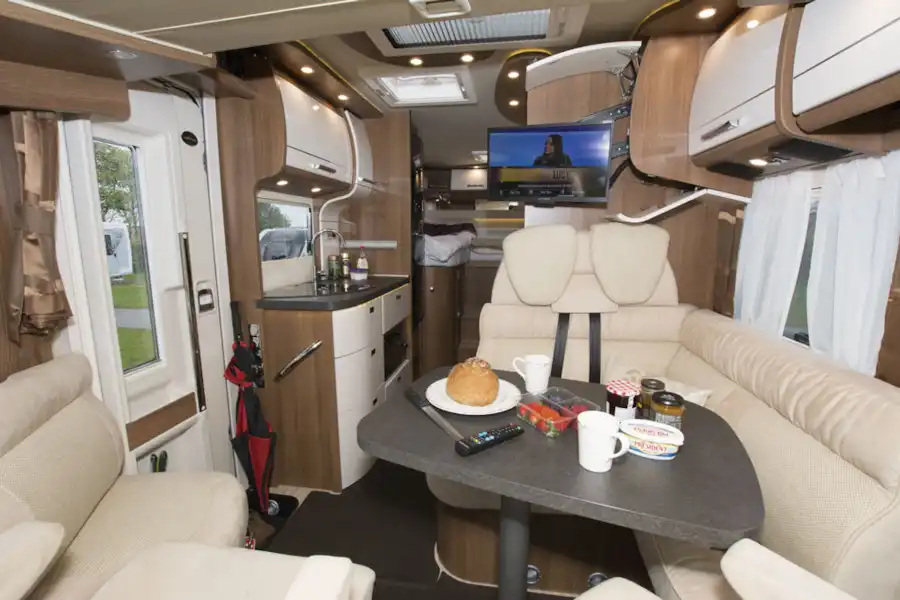
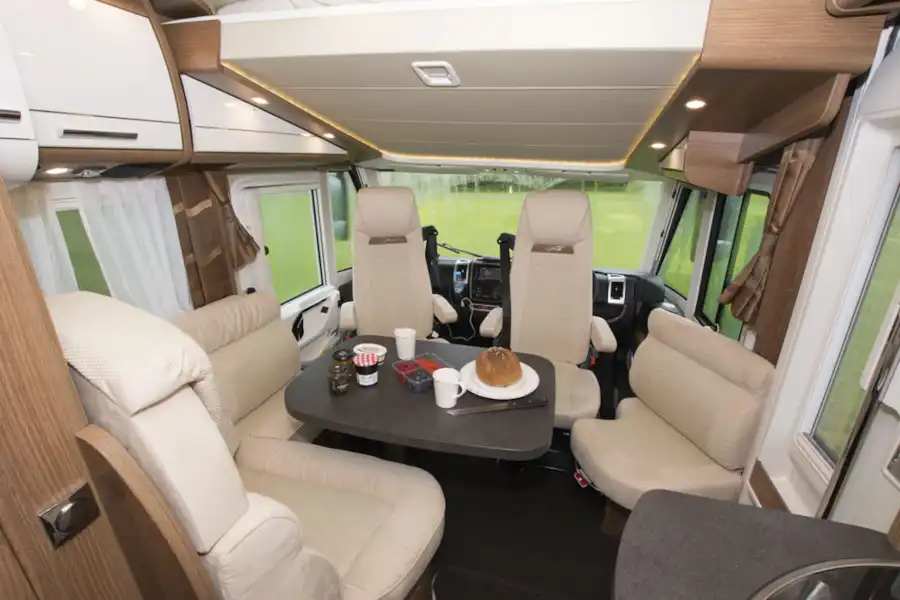
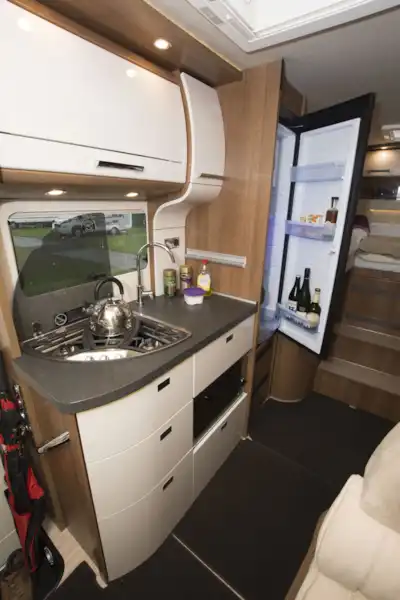
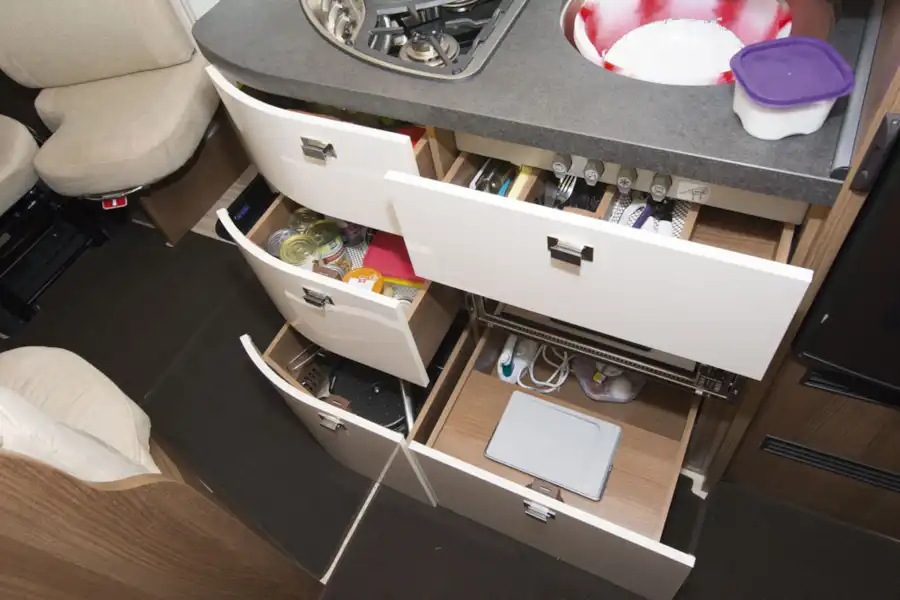
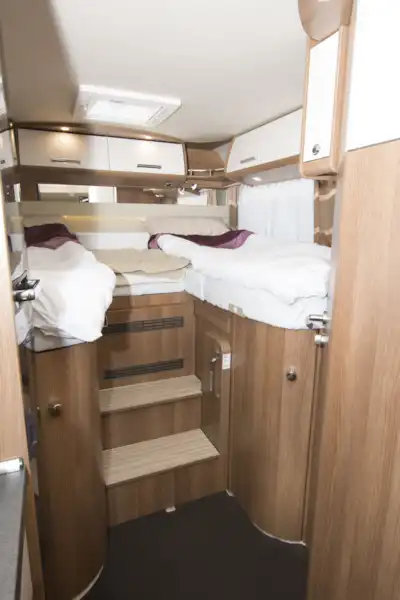
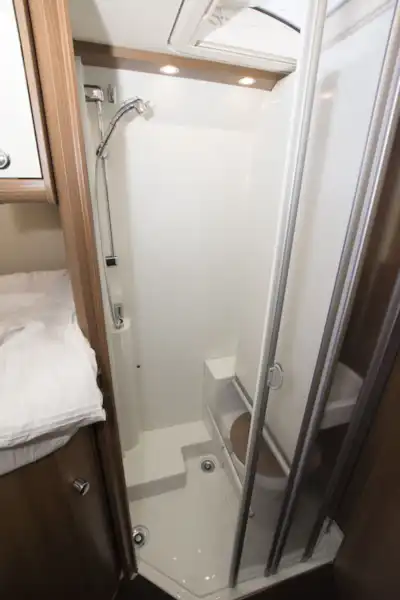
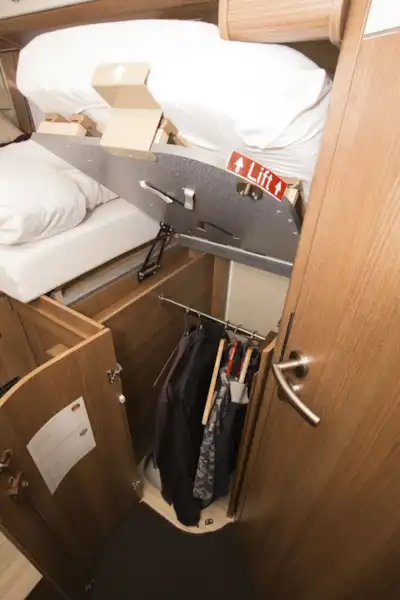












.jpg)







